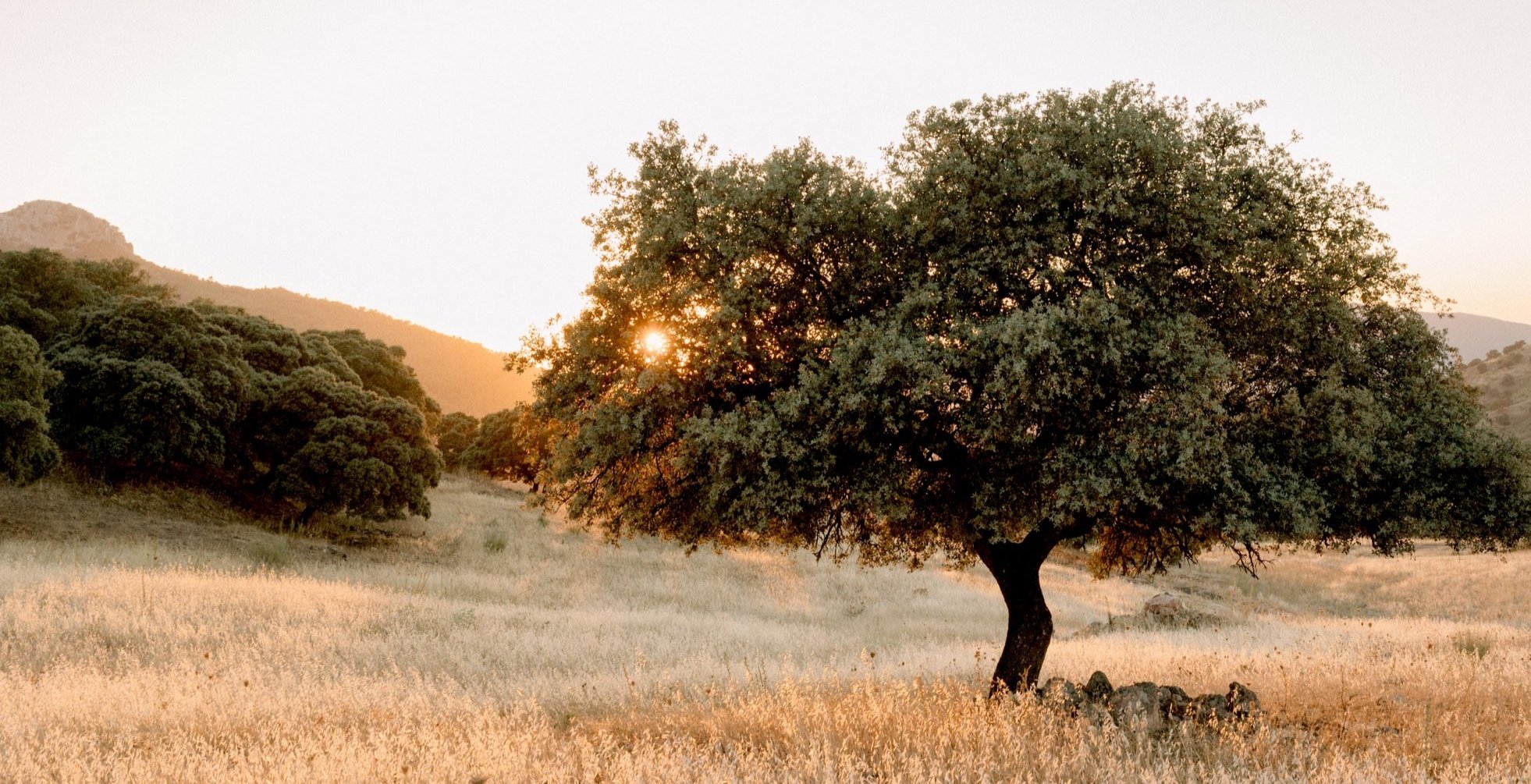A PARADISE REGAINED
Tucked away in Andalusia’s picturesque Serrania de Ronda, where rolling hills meet the horizon and the scent of wild jasmine fills the air, lies a sanctuary of discreet luxury that invites you to rediscover the art of being.
Here, an organic farm stretches across fertile land, where the rhythm of nature guides each day, and free roaming Lusitano horses speak to the soul's yearning for freedom and grace. With every step, you are drawn deeper into a world where extraordinary experiences are woven from the land’s stories and the quiet pulse of authenticity.
The culinary concept, which is an included feature of our holistic approach to hospitality, is a seed-to-plate journey, honouring the connection between earth and table, allowing each meal to nourish not just the body, but the spirit.
This is a place where time slows, where the elements conspire to bring you back to yourself, and where the beauty of simplicity becomes the greatest luxury of all.
“All the world’s problems can be solved in a garden”

























